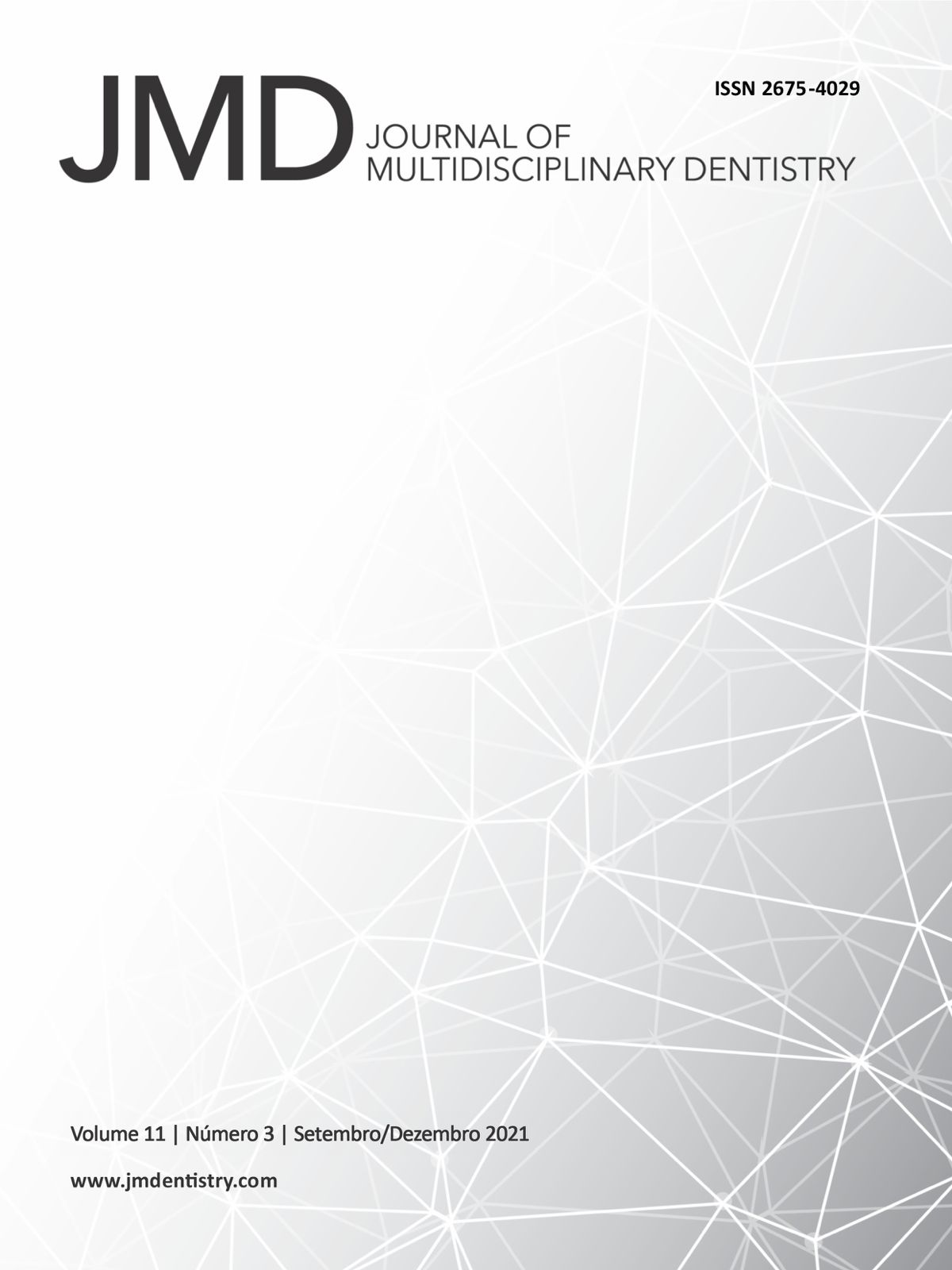Cleidocranial dysplasia - report of a family case
DOI:
https://doi.org/10.46875/jmd.v11i3.896Keywords:
Cleidocranial dysplasia, Core binding fator alpha 1 subunit, Tooth abnormalitiesAbstract
Cleidocranial dysplasia (CCD) is an autosomal dominant syndrome characterized by a mutation in the RUNX2 gene. Carriers of this mutation have hypoplasia or clavicular aplasia, with consequent hypermobility and anterior approximation of the shoulders in the midline, delayed ossification of cranial sutures, underdevelopment of the middle third of the face and dental changes too. This article addresses a report of CCD in two brothers with clinical diagnostic characteristics, however, with different intensity of expression. Although it does not cause disability, the clinical case requires a multidisciplinary approach, since, as confirmed in our reports, both patients have different manifestations in intensity, demonstrating the variable expressiveness of CCD.


